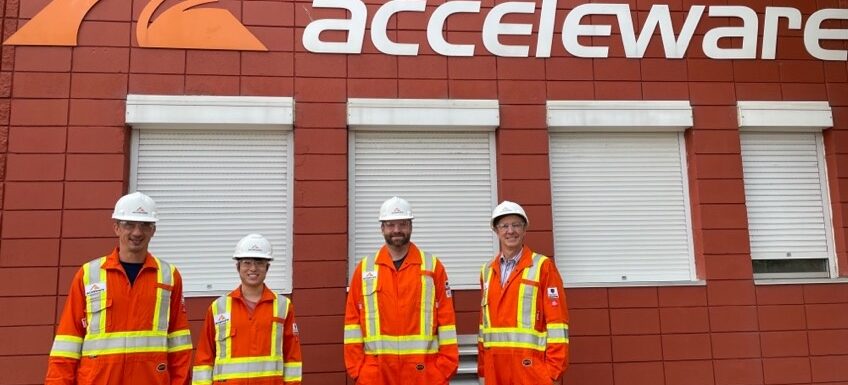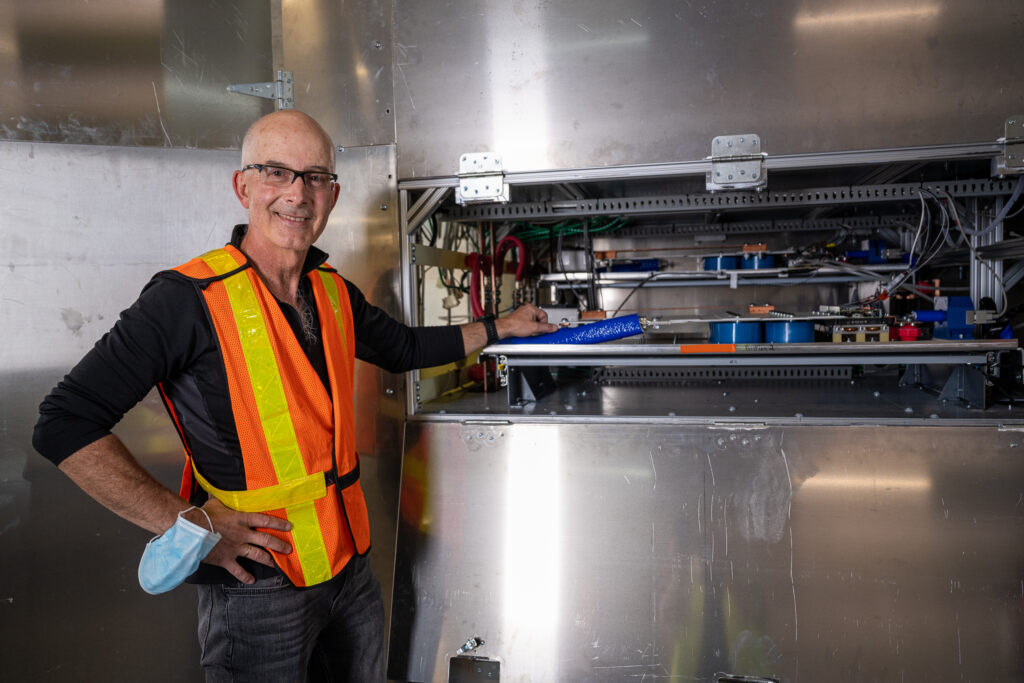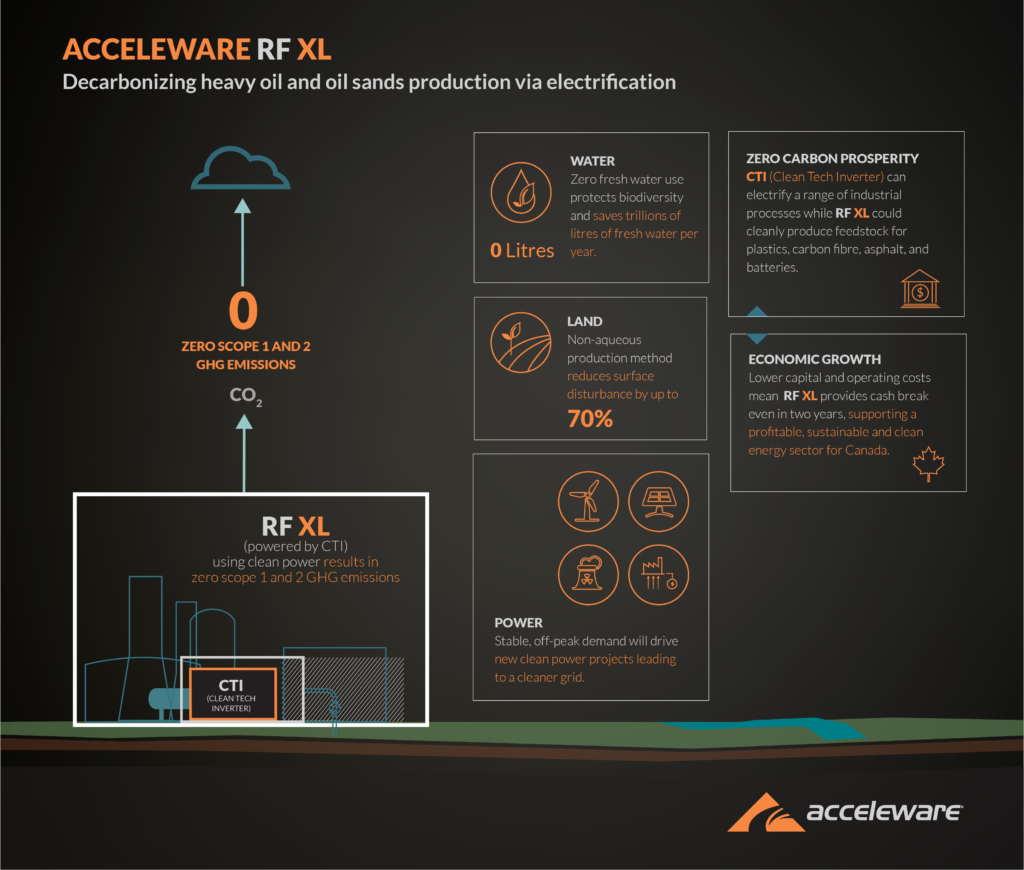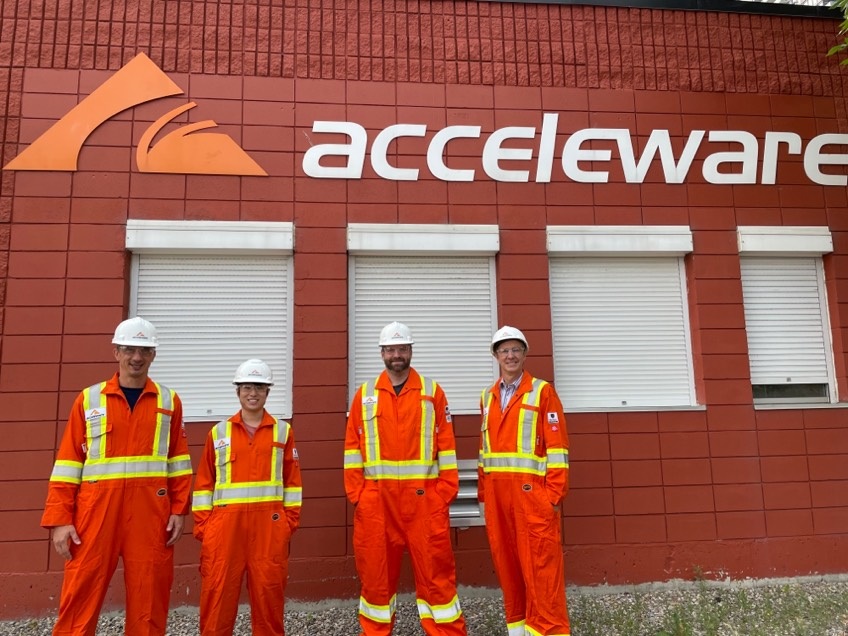Investing in Oil Production Decarbonization through Electrification Must be a Policy Imperative TODAY

The demand for oil is not going away anytime soon. While almost everyone agrees that we must quickly transition away from fossil fuels, including oil, it is impossible to make that transition overnight. The International Energy Agency (IEA) forecasts that global oil demand will rise to pre-pandemic levels in 2022 at 99.4 million barrels per day (mb/d), and will continue to rise through 2026 when it will top 104.1 mb/d. In fact, the IEA does not forecast a plateau in global oil demand until at least 2030.
Even in the IEA’s oft-cited aspirational report A pathway to net-zero CO2 emissions in 2050, the agency suggests that if we start transitioning today, and do everything right, that we would still have demand for over 72 mb/d in 2030, and 24 mb/d in 2050. With a significant number of barrels of oil yet to be consumed, an easy conclusion to make is that these “final” or transitional barrels should have the lowest carbon intensity possible to ensure their impact on global CO2 emissions is as low as possible.
Currently, it is undeniable that Canada’s oil production industry, which is dominated by oil sands bitumen and other heavy oil, is a significant driver of national GDP; is a source of considerable employment; and is highly greenhouse gas (GHG) intensive. This GHG intensity stems primarily from the fact that producers must burn enormous amounts of natural gas to create steam to pump underground to coax these barrels to the surface.
Governments and industry in Canada recognize that the oil production industry must decarbonize to remain relevant in the race to net zero by 2050, but they also believe that this innovation is possible. It is important to remember that historically, Canada’s energy industry has been one of the largest investors in R&D and has led the nation in transitional clean-tech innovation.
Most of the decarbonization push to date has focused on applying carbon capture, utilization, and storage (CCUS) to reduce the carbon intensity of Canada’s barrels. Opponents argue that CCUS in the oil sands and heavy oil is expensive and requires enormous capital investment resulting in assets that may end up being stranded in northern Alberta. In fact, many in industry and government believe that the investment is so great that it is appropriate to provide subsidies and tax incentives to implement CCUS.
But what if there is a better way? What if we can stop burning fossil fuels to produce fossil fuels? Electrification can create a decarbonized oil industry in Alberta, while decreasing costs (unlike CCUS), fostering a whole new class of clean-tech electrification jobs, providing additional environmental benefits, and kick-starting a wave of electrification in other high-GHG heating applications.
The successful energy transition in Canada requires that major and rapid decarbonization happens within heavy oil and oil sands production in the near term, while alternate energy sources are further explored, tested, and developed. CCUS investment may be warranted; however, we believe that deployment of electrification using technologies such as Acceleware’s RF XL should be a policy imperative of governments in Canada because it can result in our industry producing one of the cleanest, lowest cost and most ethically produced barrels of oil in the world.

The heart of Acceleware’s RF XL, the Clean Tech Inverter (CTI), makes it possible to decarbonize the production of heavy oil and oil sands via electrification – allowing for the process to become as clean as the power source used to drive the technology. RF XL can virtually eliminate Scope 1 and Scope 2 GHG emissions when powered by renewables or by small modular reactors (SMR), as well as eliminate the requirement for freshwater use in thermal heavy oil production, reducing surface facility requirements and thereby also reducing costs.
When deployed widely RF XL can provide a ready base load for low-carbon power generation, which can be switched to other loads at peak times, or for when the inevitable decline in oil demand arrives. RF XL is currently being tested in a commercial-scale pilot in Marwayne, Alberta, and is supported by Sustainable Development Technology Canada, Emissions Reduction Alberta, Alberta Innovates, and three major oil sands partners. Our intent is to demonstrate that Canada can produce some of the cleanest, most ethically produced, yet economic oil in the world.
The CTI based RF XL process uses electromagnetic energy to generate heat, which converts the water already existing within the oil sands reservoir to steam, mobilizing the bitumen and allowing it to flow to the producing well. Acceleware’s RF XL process, coupled with new software advancements, involves the drilling of two RF heating lines into the target zone and their connection to a surface power supply. RF XL does not require the injection of steam into the target zone, eliminating the need for water source wells, water treatment equipment, and steam generators, nor does it require chemicals or solvents.

Electrification is not just an ESG story – it can also reduce production costs, ensuring the long-term viability of one of Canada’s most important industries. In addition to an estimated 50 percent reduction to both capital costs and operating costs, RF XL will also decrease producers’ carbon tax compliance costs and allow Canada’s oil to compete favourably in a world of carbon border adjustments. Current financial modeling suggests an expected cash payback period of less than three years and favourable net present value and rates of return on limited and very scalable capital investment. RF XL can be deployed at a greenfield site or implemented as an expansion to an existing oil sands steam assisted gravity drainage (SAGD) project, allowing operators to increase production while reducing their output-based emissions intensity. RF XL is simple and quick to deploy, allowing heavy oil operators to compete with short-cycle resource development such as light tight oil multi-stage frac plays.

As RF XL and other electrification technologies are deployed, engineering, construction, and operating skills will transition from the skills necessary to produce steam, to the skills required to electrify large scale industrial processes. These skills are transitional, electrification of heavy oil and oil sands will require the same skills as electrification of other major industrial processes such as building heat, cement production, mining, and electricity generation and storage. Skills developed in working with multi-megawatt applications are highly portable.
As a non-aqueous production method, RF XL provides environmental benefits beyond decarbonization. Compared to SAGD or other steam-based heavy oil or bitumen extraction processes, RF XL eliminates freshwater use, and results in an estimated 70 percent less land disturbance. With no water use and less land disturbance, electrification contributes to biodiversity, and significantly reduces the impacts on wildlife. While the current focus is on CO2 emissions, it could be argued that conserving water use is of equal importance.
Finally, an investment in electrification will be transitional, ushering in a wave of electrification applications beyond oil production. In addition to RF XL, Acceleware is working to develop CTI applications that can replace other combustion-dependent processes, including but not limited to grain and bulk solids drying, commercial heating, and possibly hydrogen production.

Electrification allows us to connect the dots between the old and the new within the energy transition. Using electrification to de-carbonize oil at the production stage means Canadian oil can get clean faster. It is not possible to suddenly phase out oil consumption – not just for transportation purposes, but also for an estimated 6,000 products that are currently produced using oil, including car parts, bicycle tires, and medicines.
There will likely be a need for oil for decades to come, and therein lies the challenge. Decarbonization through electrification technologies such as Acceleware’s RF XL would provide meaningful reductions in GHG intensity for Canada’s oil industry while providing a pathway to a just transition for energy industry workers. This could position Canada as a world leader in industrial electrification. For these reasons federal and provincial governments should be actively encouraging and funding the development, commercialization, and deployment of electrification in the oil sands and heavy oil industry in Canada.















